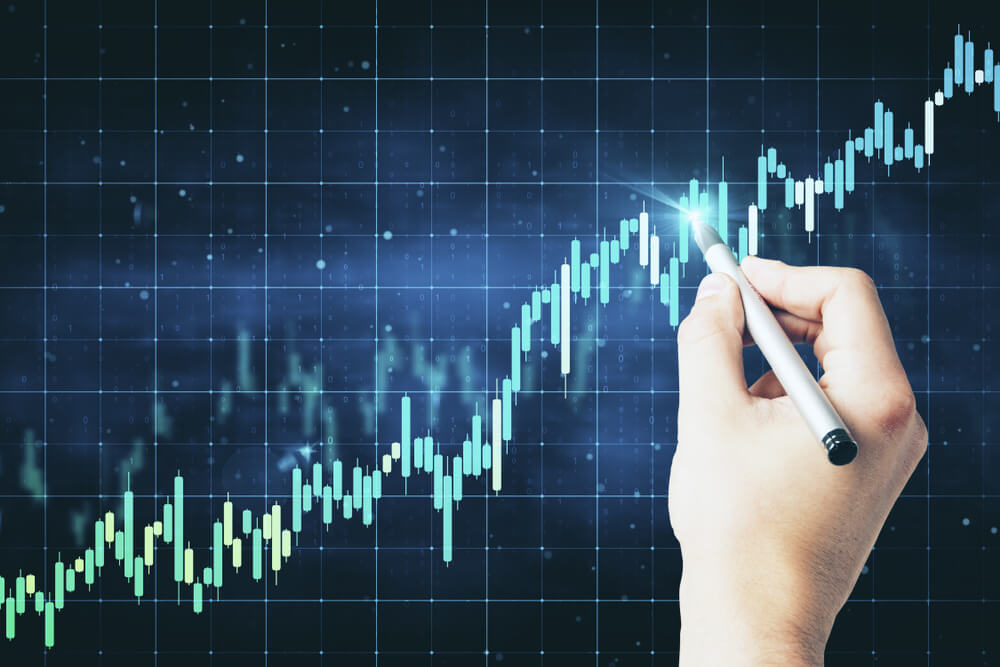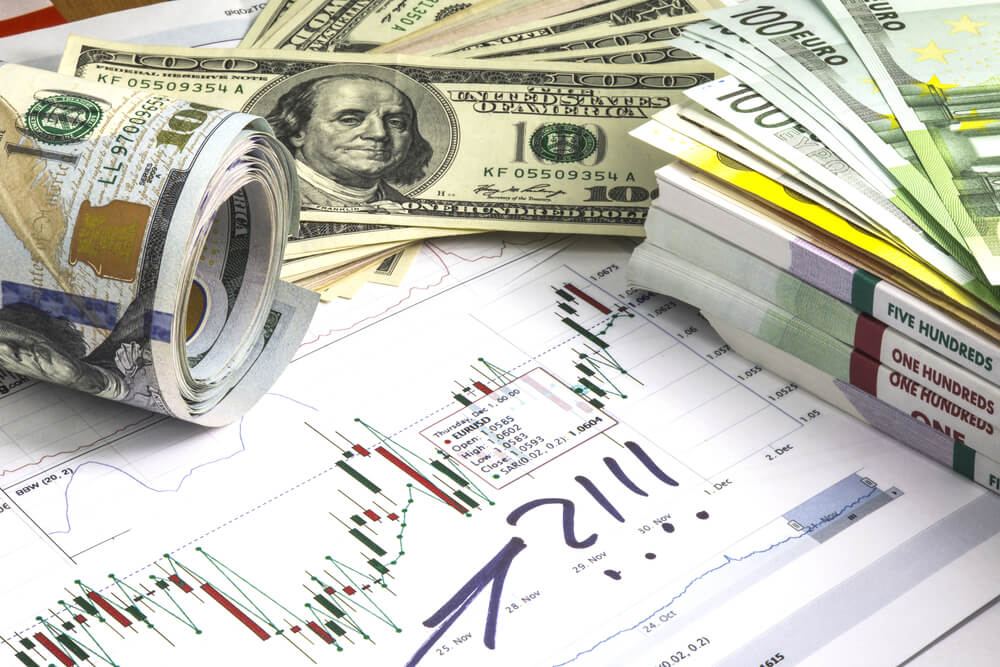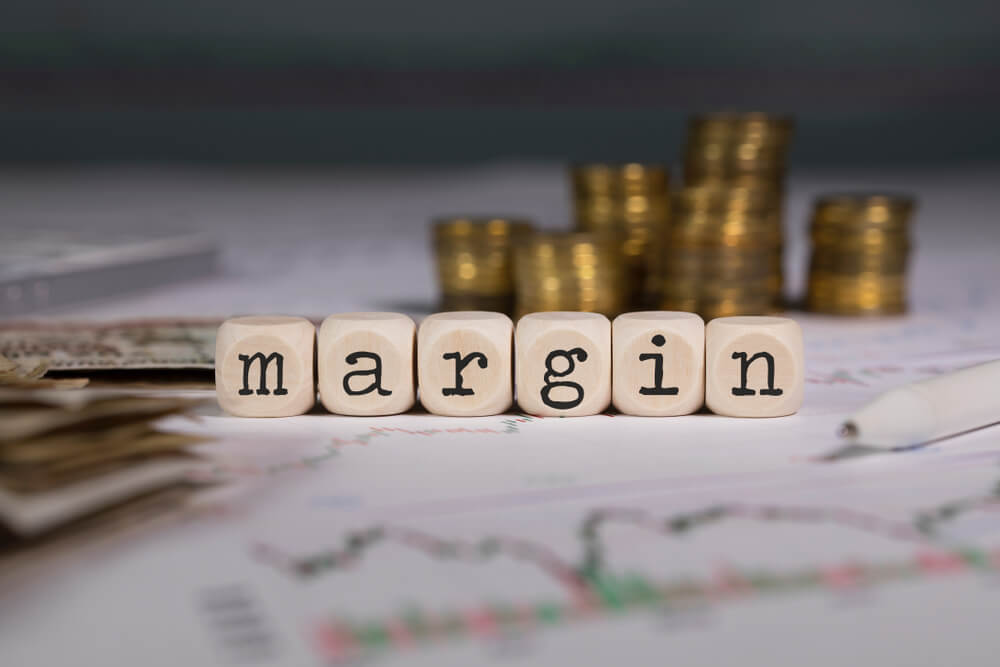Introduction
In the last lesson, we saw how Margin Level was found to be useful for giving meaning to Margin Call Level. Similar to the previous lesson, in this lesson, we shall be discussing another term that involves the dependency of the Margin Level. This lesson will be dealing with the understanding of what Stop Out Level is and also the implications and consequences of it.
Stop Out Level, and Margin Call Level have almost got the same meaning. There is only a thin line difference between these two. Hence, understanding the Margin Call Level is critical to comprehend Stop Out Level.
What is Stop Out Level?
Stop Out Level is a level that is set by the brokers, which triggers them to take action when the Margin Level falls below this specified level (Stop Out Level). That is, when the Margin Level breaks below the Stop Out Level, the broker forcibly closes some of the trader’s position, usually without their consent. The positions are liquidated because of the unavailability of the margin in the account.
Before the broker closes the positions, the trader is first intimated that their Margin Level has significantly reduced and is at risk. This intimation is called Margin Call. If the Margin Level falls much more than the Margin Call Level and goes below the Stop Out Level, the positions are liquidated. And this process of liquidation is called Stop Out.
The complete flow to Stop Out
If we were to dig deeper, the dependency of Stop Out level drops down to the basic concepts like Balance, Margin, Floating P/L, etc.
For instance, when a trader takes a position, the above terms come into action. If the trade is in profit, the floating P/L increases, and there are no worries about the margin call and stop out as the margin level would be considerably higher than the margin call level and the stop out level. But, if the trade is running in the negative, eyes must be on the margin call level as well as stop out level. Let’s get this point clearer, with an example.
Let’s say a trader has deposited $1000 into his account and has used $200 for taking few positions. Consider the Stop Out Level to be at 20%.
If the trades are running in a loss of$970. The equity for this is calculated as:
Equity = balance + floating P/L = $1,000 + (-$970) = $30
Similarly, the margin level will be,
Margin level = (Equity/used margin) x 100% = ($30 / $200) x 100% = 15%
Now, since the margin level has gone below the stop out level, the positions are scratched off. So, the trader will have booked a loss of $970. And the newly updated balance will be $30.
This brings us to the end of this lesson on Stop Out Level. Also, this completes all the terminologies that are involved in Margin Trading. Take the quiz below and stay tuned to learn a different lesson tomorrow. Cheers!
[wp_quiz id=”51331″]



